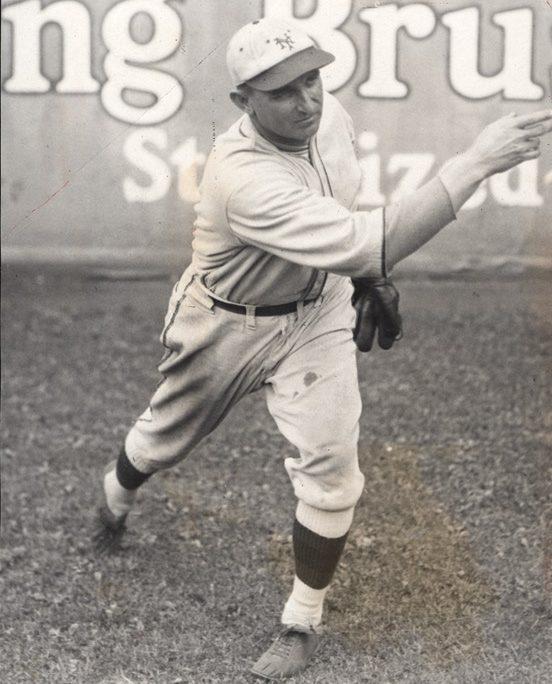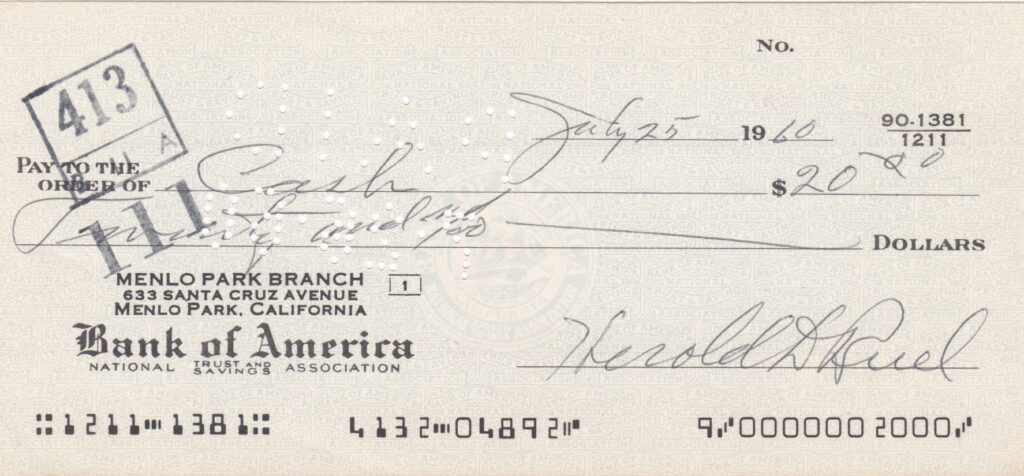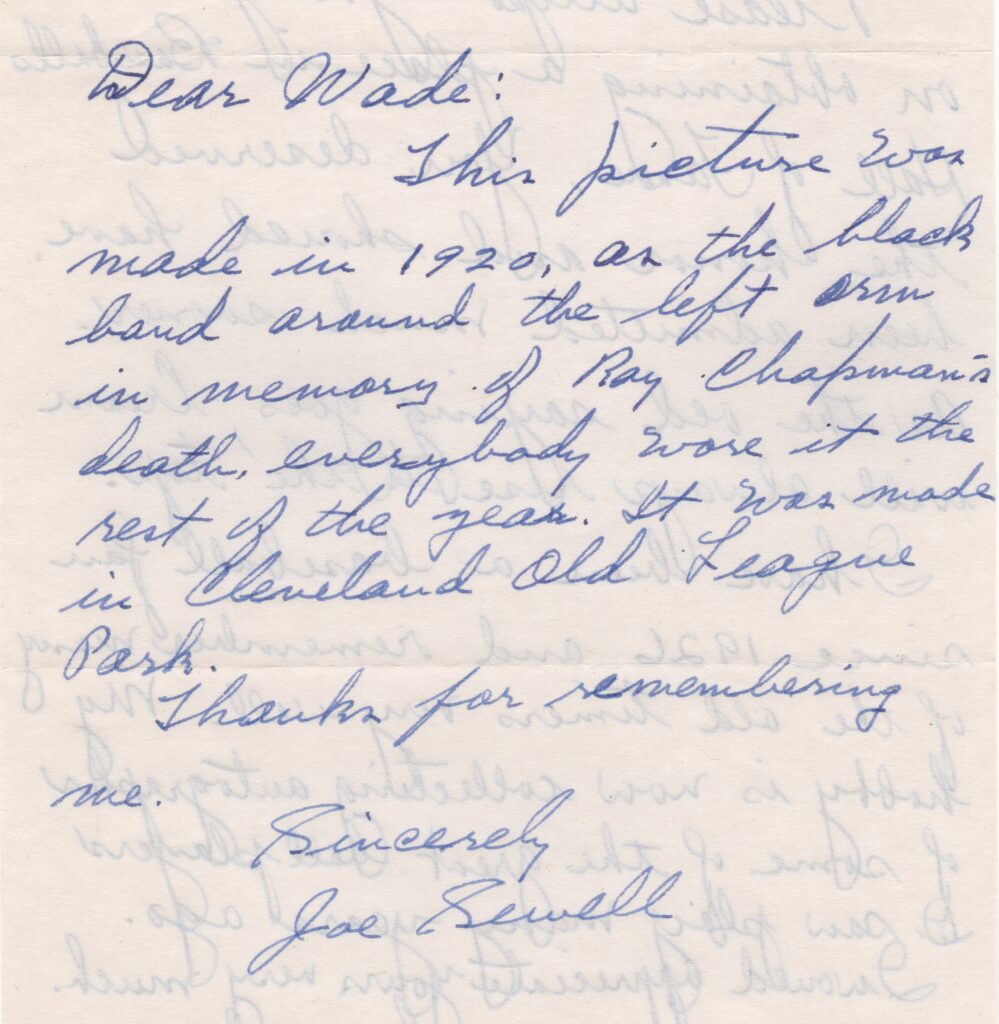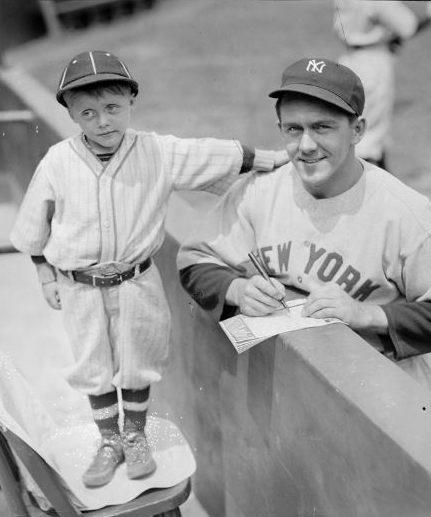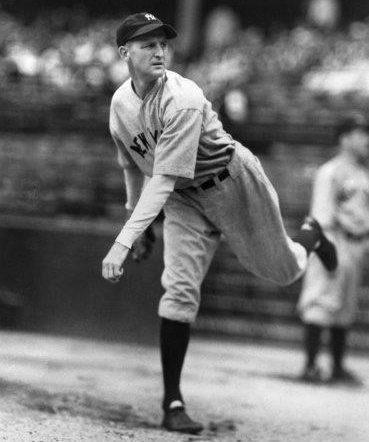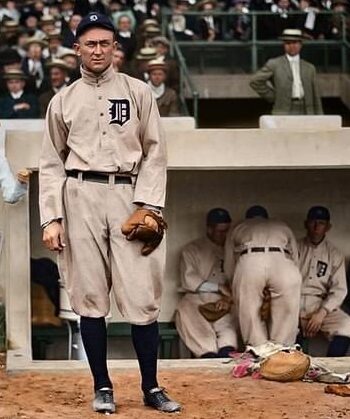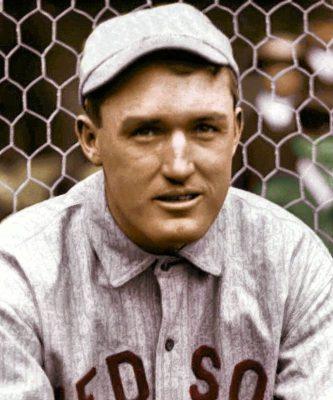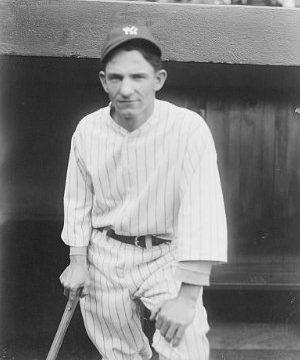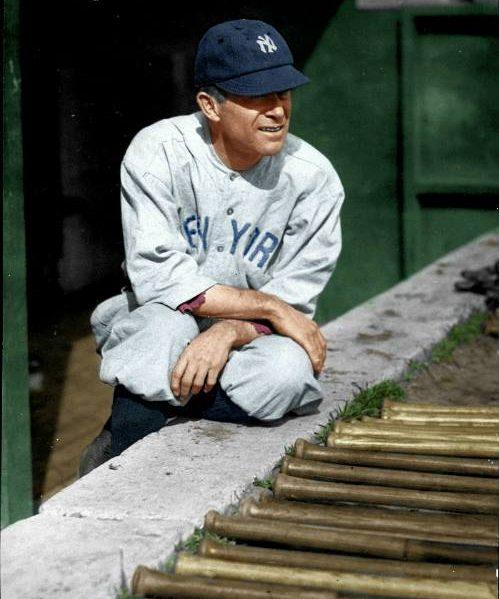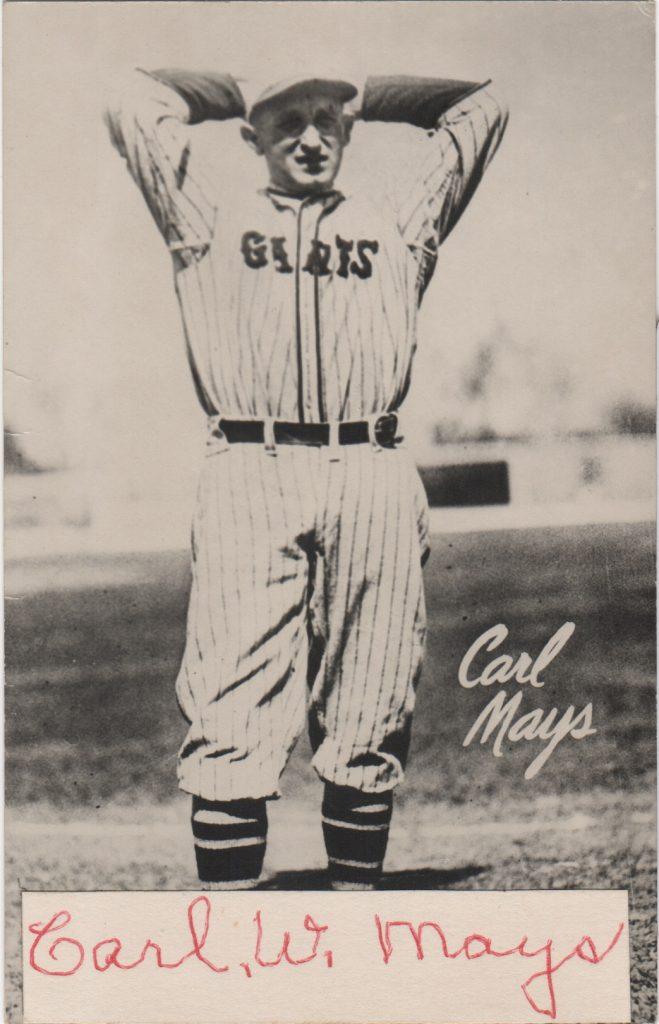
Perhaps Carl Mays would be a Hall of Famer if not for one fateful pitch. The submariner was on the hill against the Cleveland Indians on August 16, 1920. Ray Chapman was 0-for-1 with a sacrifice bunt. Mays didn’t take kindly to Chapman’s proximity to the plate and decided to dust him off with a high and tight fastball.
Mays’ pitch hit Chapman squarely in the head. The impact of the ball striking Chapman so loud that Mays thought it had hit Chapman’s bat. Mays caught the ball as it bounced onto the field and threw it to first baseman Wally Pipp. Chapman fell to the ground twice trying to make his way to first base.
Cleveland teammate and long-time friend Tris Speaker raced from the on deck circle to check on Chapman. He was joined by several players from the Indians and Yankees. Mays, however, never left the mound.
Teammates rushed out of the dugout. Bleeding from both ears, Chapman was rushed to the hospital. That night doctors operated on Chapman’s fractured scull. Early on the morning of the 17th, Chapman died.
Mays won over 200 games and had five seasons of 20 or more wins. A two-time World Series champ with the Red Sox, Mays might be one pitch away from Cooperstown induction. Shown here is his autograph that was later affixed to a photo of Mays originally taken in 1929, the final year of his 15-year career.
